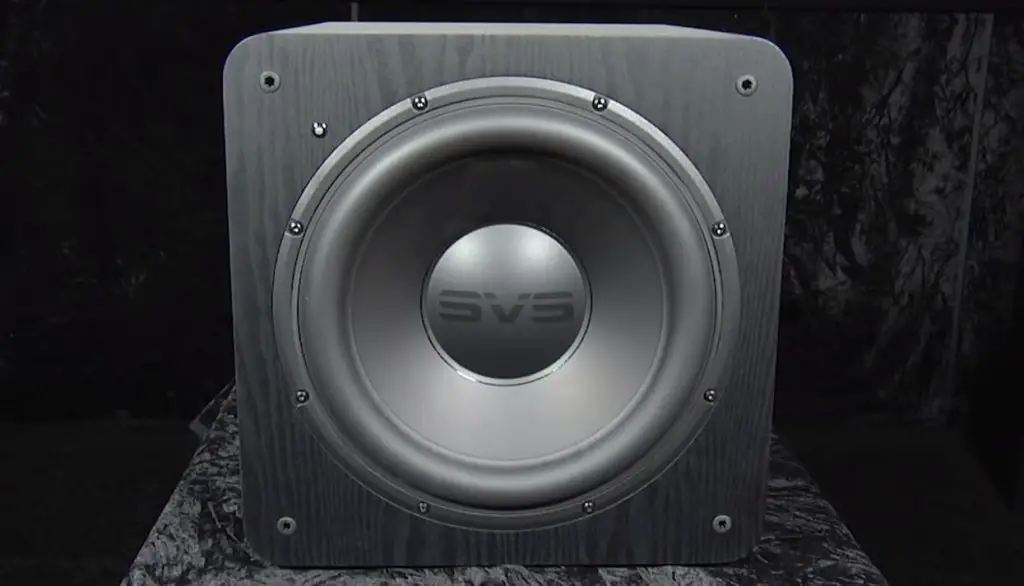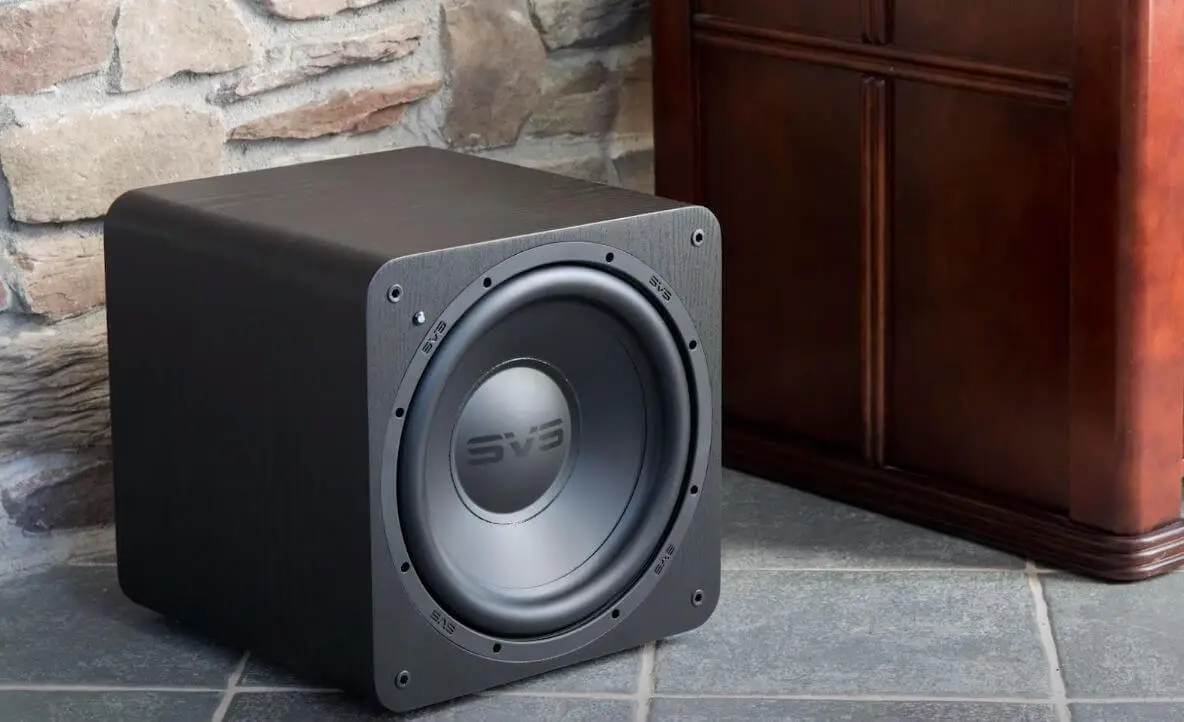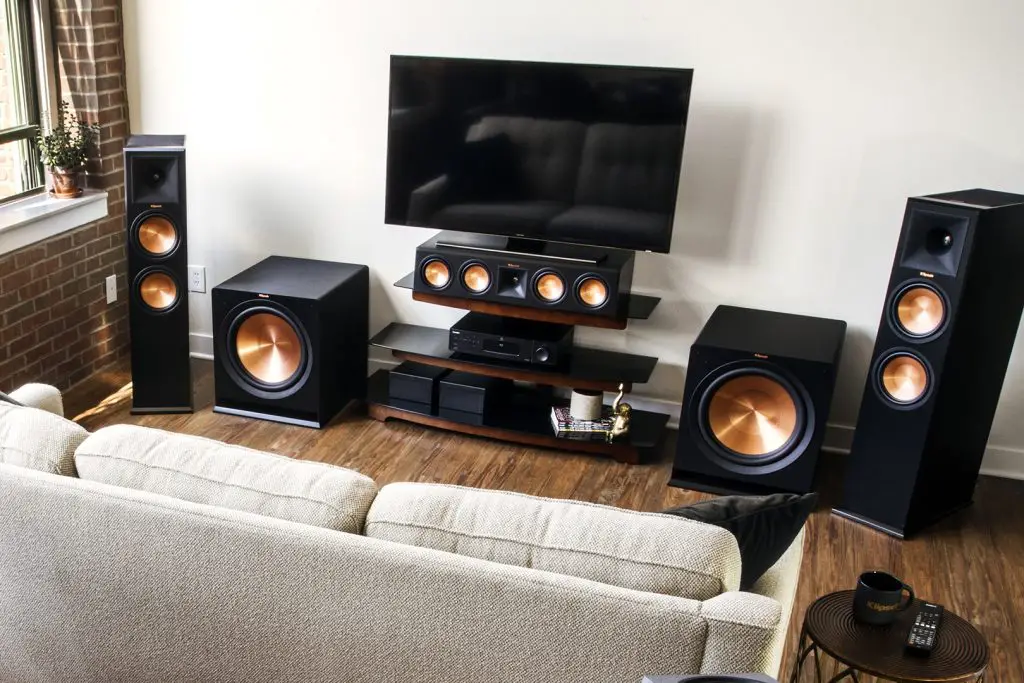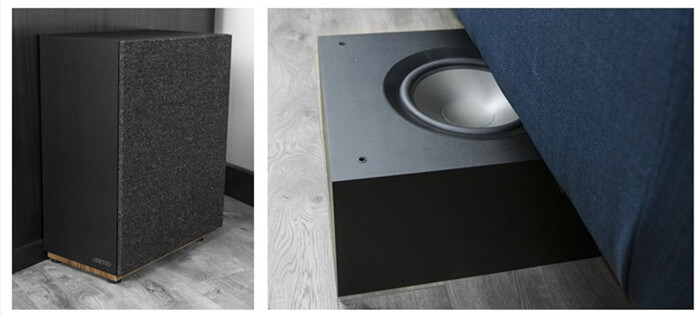What Phase Should I Set My Subwoofer At?
What phase should I set my subwoofer at? That is a question we get asked all the time, and it’s definitely not an easy one. Fortunately, our average response time has gone way down thanks to voice dictation and hands-free Siri and Google Now, so we can go back to answering this question with a little more thought than “depends.”
The first thing to realize is that the phase controls on an amplifier are time delays. With all drivers moving, they need to be at different points in time by a certain amount. That is done using inductance (of course), capacitance, and resistors, all working together to slow down or speed up sound reaching our ears.
The critical thing to remember here is that “phase” controls are adjustable. This makes them somewhat unique from the rest of your settings, which will always be more or less locked in place.
So let’s talk about what the different phase settings will do for you. If your subwoofer is positioned significantly off-center from your seating position, or if you have a large room with multiple seating positions, you would probably want to use some “Offset” feature that delays the sound going to one side of the room.
For example, if your seating is centered between the left and right speakers in your HT system (8 feet apart center to center), you would probably want to use the 0° phase on both subs.
If, however, your seating position (or seats) is closer to the left speaker than the right one (for example, 6 feet apart center to center), you would want to use a setting around +30° on the sub connected to the left channel. If your seating position is closer to the right speaker than the left (for example, 10 feet apart), you would want to use a setting around -10° on the sub connected to the right channel.
If this makes sense, then great! If not, don’t worry. There are examples at the bottom of this page. But before we go too far, let’s discuss what happens if you use the “Flat” or “0°” phase on all your subs or if you listen without using any phase controls.
If you listen to both subs simultaneously but don’t have any phase control, chances are you will perceive the bass as being too loud from the closer sub and not enough from the other. This can be fixed using an “Out of Phase” or “-180°” setting on one of your subs. The idea here is that you are essentially delaying one sub by 1/2 a cycle.
This has the effect of moving that sub’s output 1/2 a cycle ahead in time, which essentially moves it to the same point as you would expect if both subs were positioned halfway between your seating position and the wall behind you (for those with multiple or off-center seats).
For example, if listening with both subs in the same spot (Crawford Curved Surfaces or “CCS,” for our engineering vernacular), you would set the phase to 0°. But if your seating position is closer to one sub than the other and they are not in the exact location, you would want to adjust accordingly with a setting of +30° to +90° on the sub that is closer. This way, both subs will be simultaneously, but one would be slightly delayed compared to the other.
It’s important to note here that we can’t emphasize how much all this phase adjustment affects only perceived loudness and not sound quality or performance! We can’t tell you how many times we see someone trying to force their subs to “sound good” by adjusting the phase on all their subs in every seat with every piece of music! This causes people to think there is something wrong with their system when in reality, it’s just poorly set up.
Finally, remember that you can use speaker-level signals for phase control. This means that you only need to run one pair of speaker wires to your multi-channel receiver or amplifier and hook up both subs with that single pair of wires. For more on this, see our FAQ article here.
Some Examples: 0° is the preferred setting if sub distance is equal between seating locations.
If the distance from your seating position to one sub is significantly farther than another, or if you have one seat in the corner of the room, start with -30° and adjust +/- 30° as needed. If you are closer to one sub than another, go with 0° on the closer sub and +30° to +90° on the other. If in doubt, remember that 0° and 180° will be in phase and sound the loudest when you are equidistant from both subs.
Another example: If you have “3” chairs next to each other, but the center chair is 2 feet further than the other two, your settings will be 0-30° on the center sub and 90+30° on both subs. If you have “4” chairs next to each other, but the 2 outer chairs are 6 feet further than the center chair, set all four subs with -15°. Finally, if you have two corners in your room with seating locations in them, you may want to start with -60° on one sub and +60° on the other. In all cases, though, 0° is always a good starting point.
If your seating position is closer to one sub than the other, set each sub at 30-90° (depending on which sub is closer).
One more example: If your seating position is equidistant from two subs, but the one closest to you has a grill over it, and you can see the moving diaphragm of that sub, use 0° on both subs. Why? Because having the grills off works so well for us here in our demo room, we made sure to add a switch to our phase Control to make it easy for you.
Another example: If you have “3” chairs next to each other, but the center chair is 2 feet further than the other two, your settings will be 0-30° on the center sub and 90+30° on both subs. If you have “4” chairs next to each other, but the 2 outer chairs are 6 feet further than the center chair, set all four subs with -15°.
And just in case you needed one more: If you have two corners in your room with seating locations in them, you may want to start with -60° on one sub and +60° on the other.
*If you are using two subwoofers, adjust the phase of one subwoofer before adding the second to ensure proper time alignment. Once correctly time-aligned, they will be set to the same phase adjustment value (0°, 180°, or -6dB) and will automatically handle the rest of the polarity and time alignment.

What is a phase shift subwoofer?
A phase shift subwoofer is a loudspeaker that uses an amplifier to create a phase shift between the input and output signals. This may be done in two ways: by back-driving the speaker with the same signal applied to both terminals or using a power inverter to drive AC into the voice coil.
What are the benefits of using a phase shift subwoofer?
One potential benefit of using a phase-shifting amplifier is increased sound pressure level (volume) with less power. Most loudspeakers have their acoustic centers in the middle of the speaker, which means that half of the speaker cone is pushing out while the other half is pulling in.
When the speaker cone moves out, it creates positive pressure at the microphone; it creates a negative pressure when it moves in. However, since half of the cone is moving toward the back of the speaker box and half is moving forward, they cancel each other out by being equal but opposite.
Phase-shifting causes all frequencies to be in phase. Because all frequencies are now in phase, the positive and negative pressure waveforms will no longer cancel each other out. This results in a much higher sound pressure level (SPL), making for louder bass output with less amplifier power.
How does a phase shift subwoofer work?
A passive subwoofer that uses a phase-shifting amplifier works by taking the driver’s output signal and splitting it into two separate signals. One portion of the signal is sent to another low-pass filter, allowing frequencies below the cutoff point to pass through.
An inverting amplifier then amplifies this inverted, filtered frequency. Finally, the inverted filtered frequency is differentiated and combined with the original, un-inverted frequency using a summing amplifier.
This inverted, non-inverted combination is essentially what gets sent to the speaker. The idea behind eliminating frequencies above the low-pass filter is to eliminate potential “comb filtering,” which would otherwise occur when specific frequencies reach our ears at different times due to their varying distances from the listening position.


